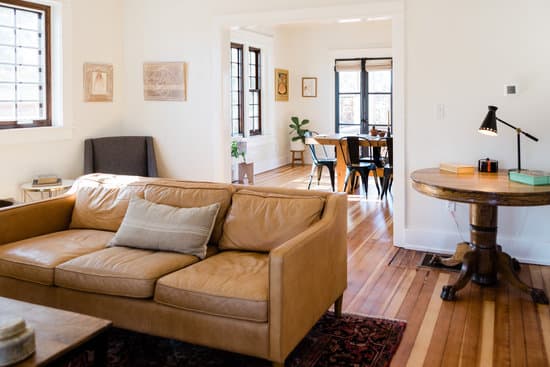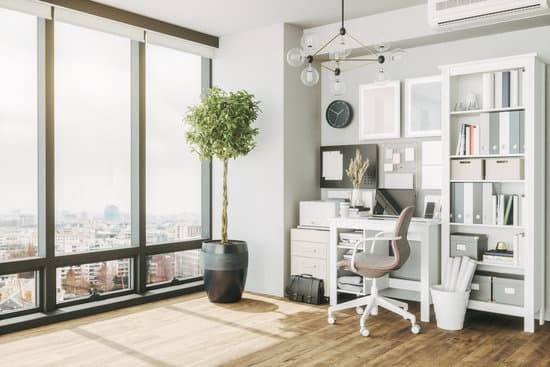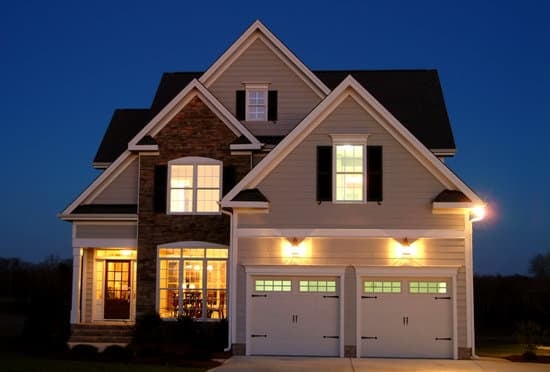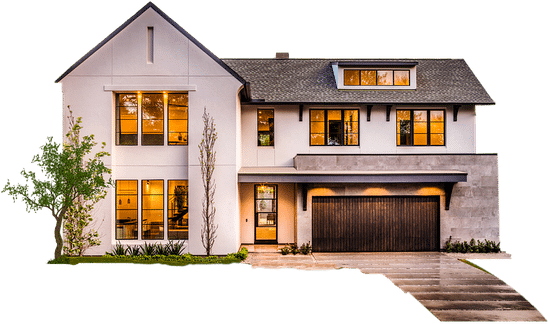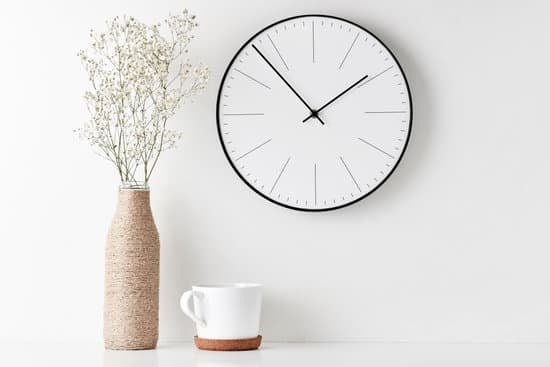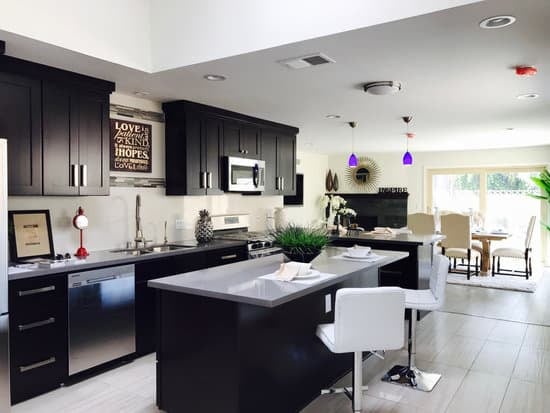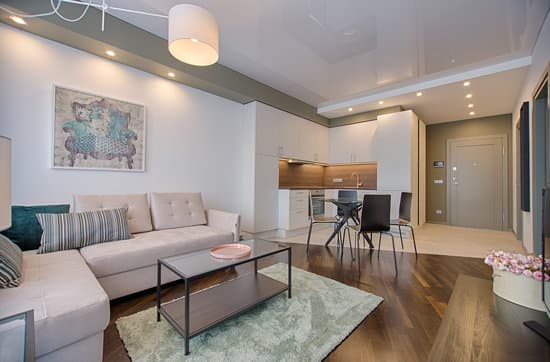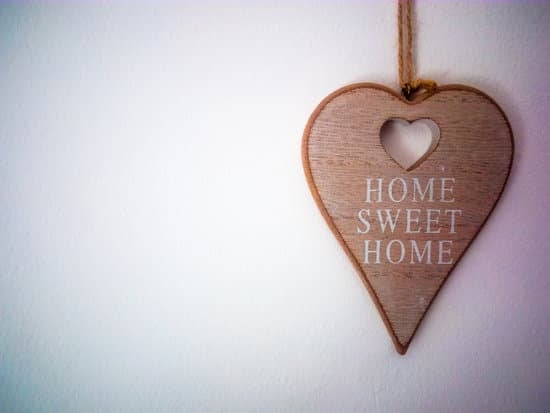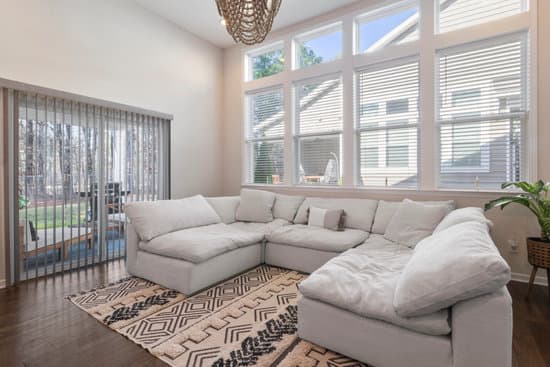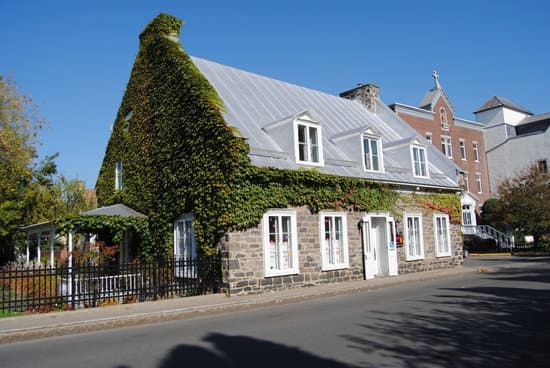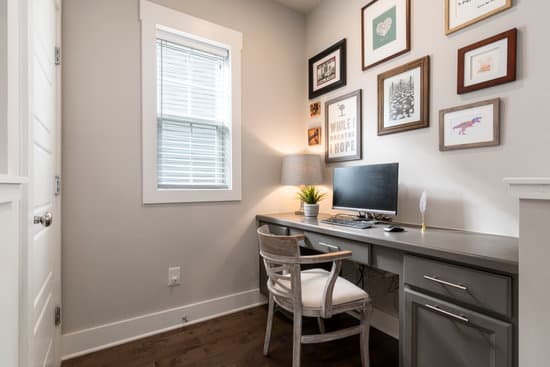Defining High Tech Interior Design
High Tech interior design is a style that emphasizes the building’s design, inspired by engineering and modern technologies. While it can be said that all design is dependent on the building’s design, High Tech design takes this to an extreme, creating spaces that reflect and incorporate the building’s mechanical, electrical, and structural components. High Tech design combines sleek aesthetics with innovative and efficient systems, resulting in highly functional and visually stunning spaces.The Origins of High Tech Design
High Tech was a development of British Modernist architecture from the mid- to late 1960s. Architects like Norman Foster and Richard Rogers were instrumental in creating this unique style. They focused on exposing the building’s internal systems and structure, rather than hiding them. The High Tech movement was a response to the architecture of the time, which was focused on ornamentation and decorative details. High Tech’s minimalism was intended to convey a sense of modernity and efficiency.Engineering Construction as a Foundational Element
One of the key elements of High Tech design is engineering construction. In High Tech interiors, the building’s structure and mechanical systems are often left exposed and highlighted as design elements. For example, ductwork, steel beams, and wiring can all be visible in a High Tech interior. This not only creates an aesthetic appeal but also allows for more efficient use of the space. By exposing the mechanical systems, designers can design around them to make the best use of space and minimize the need for additional elements.Modern Technologies and Their Influence on High Tech Design
The High Tech movement was also heavily influenced by modern technological advances. As computer technology advanced, architects and designers began to incorporate these new systems and materials into their work. Innovations in materials like glass, steel, and concrete, as well as the use of computer-aided design, allowed designers to create more efficient and visually stunning spaces. High Tech design embraces these modern technologies and incorporates them into the aesthetic of the interior design.Manipulating Space in High Tech Interiors
Another element of High Tech design is manipulating space. Since High Tech design often incorporates industrial or mechanical components, designers have to work around these elements to create cohesive and efficient spaces. For example, a High Tech kitchen might have exposed piping that runs along the ceiling. The designer may choose to incorporate this piping into the overall design aesthetic by painting it a bright color or using it to divide the space into different functional areas. By manipulating space in this way, designers can create unique and visually interesting spaces while still maintaining the functionality of the design.Examples of High Tech Design in Homes and Offices
High Tech design is a popular choice for both residential and commercial interiors. In homes, High Tech design can be seen in elements like exposed brick or concrete walls, exposed piping, and minimalist furnishings. In offices, High Tech design can be seen in elements like open-concept layouts, exposed ductwork, and industrial-style lighting fixtures. High Tech design can create a sense of modernity and efficiency in any space.High Tech Design Elements to Incorporate in Your Home
If you’re interested in incorporating High Tech design elements into your home, here are a few ideas to consider:- Exposed brick or concrete walls
- Exposed piping or ductwork
- Industrial-style lighting fixtures
- Minimalist furnishings
- Open-concept layouts
- Innovative and efficient systems like smart home technology and energy-efficient appliances





